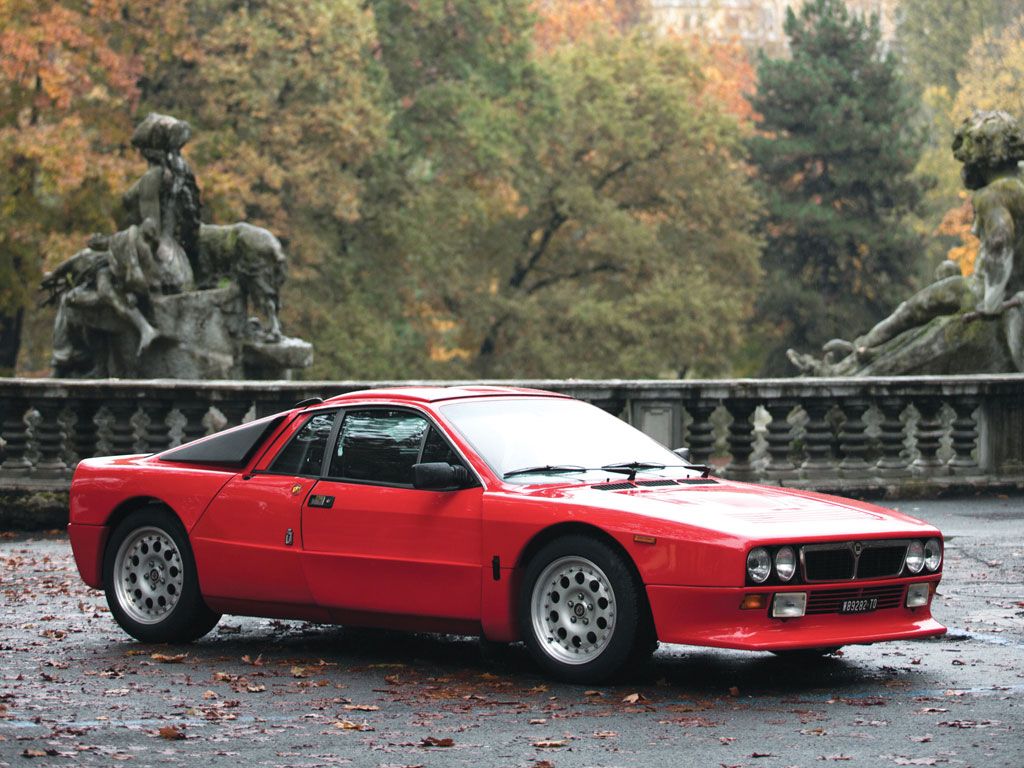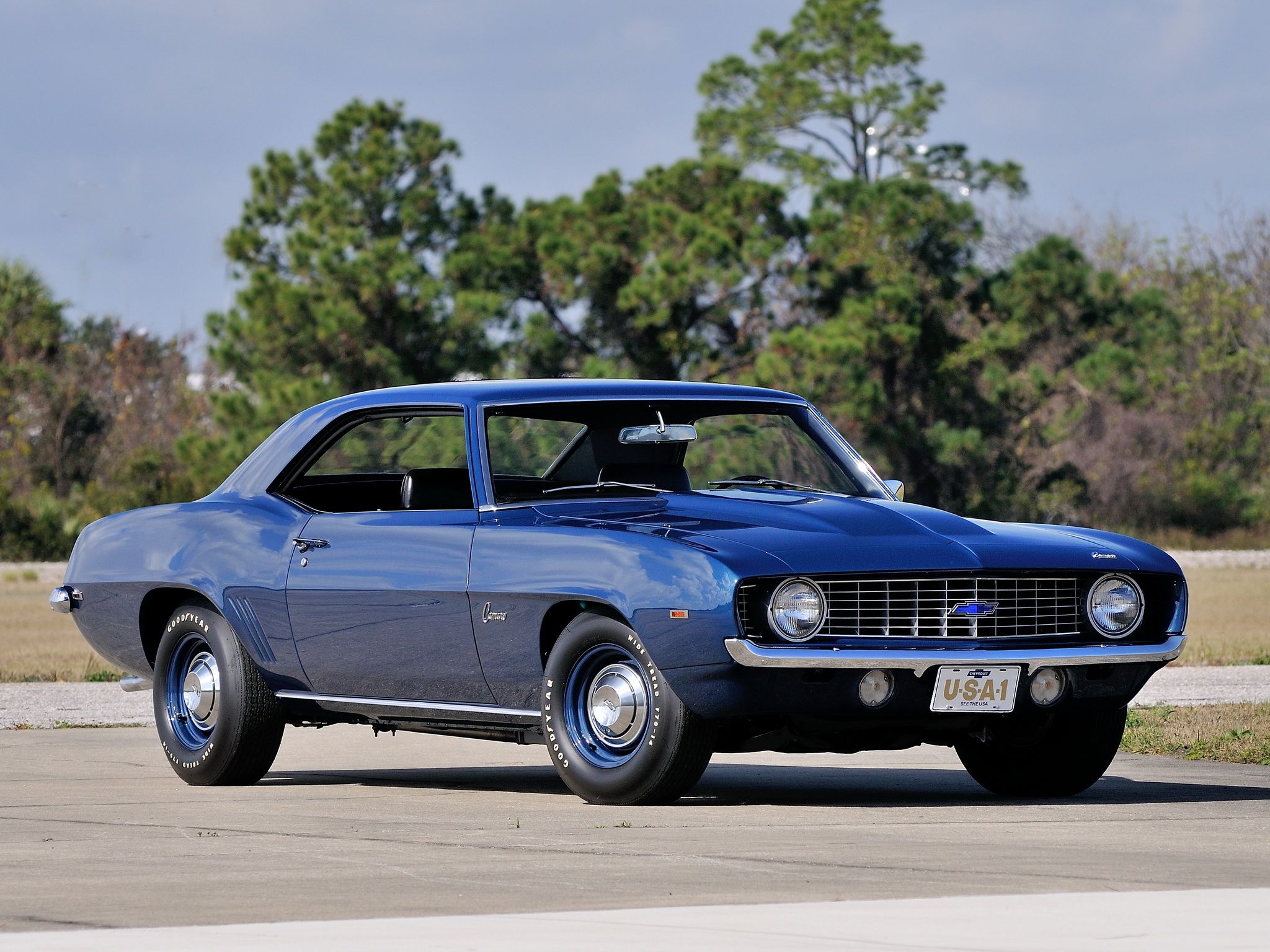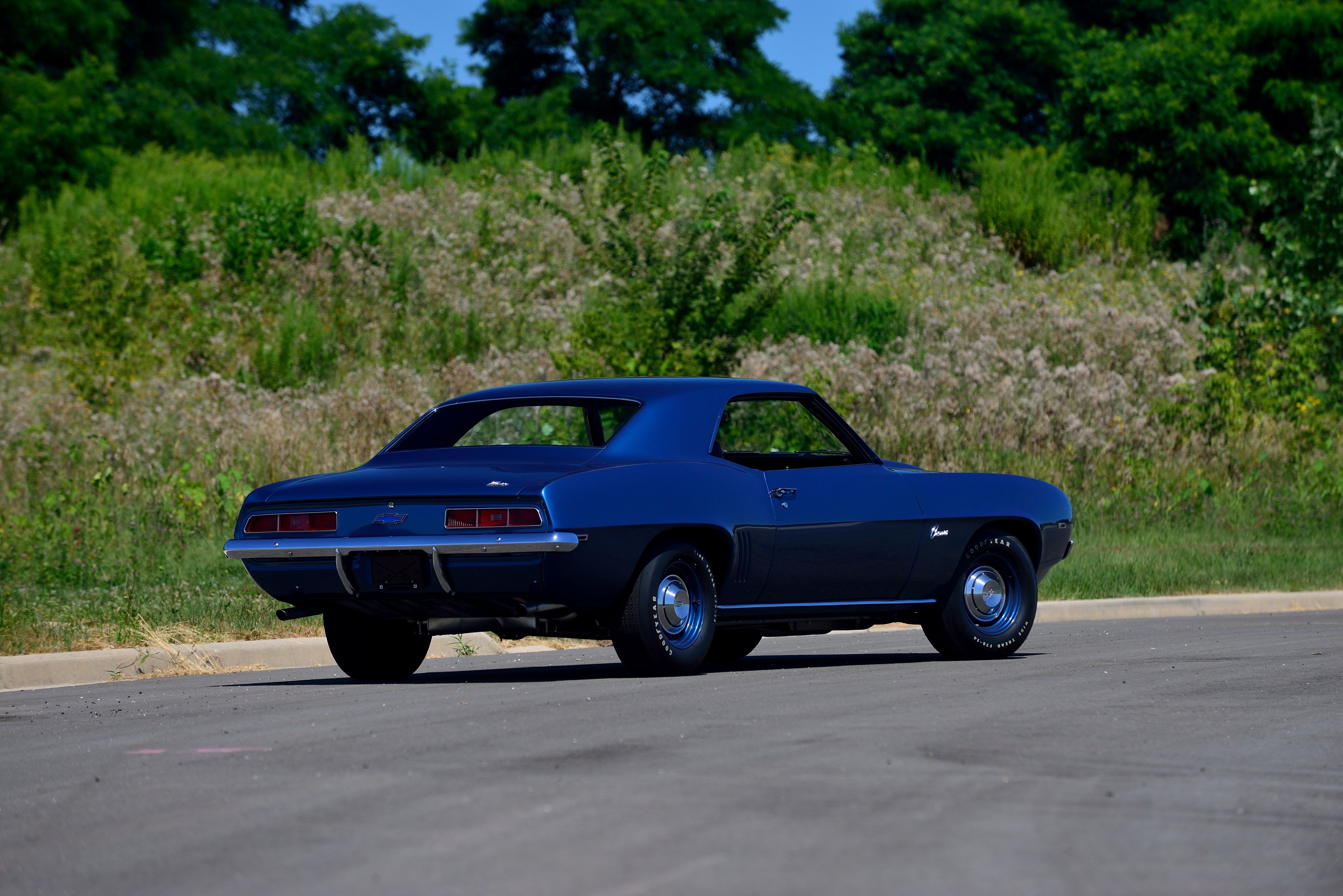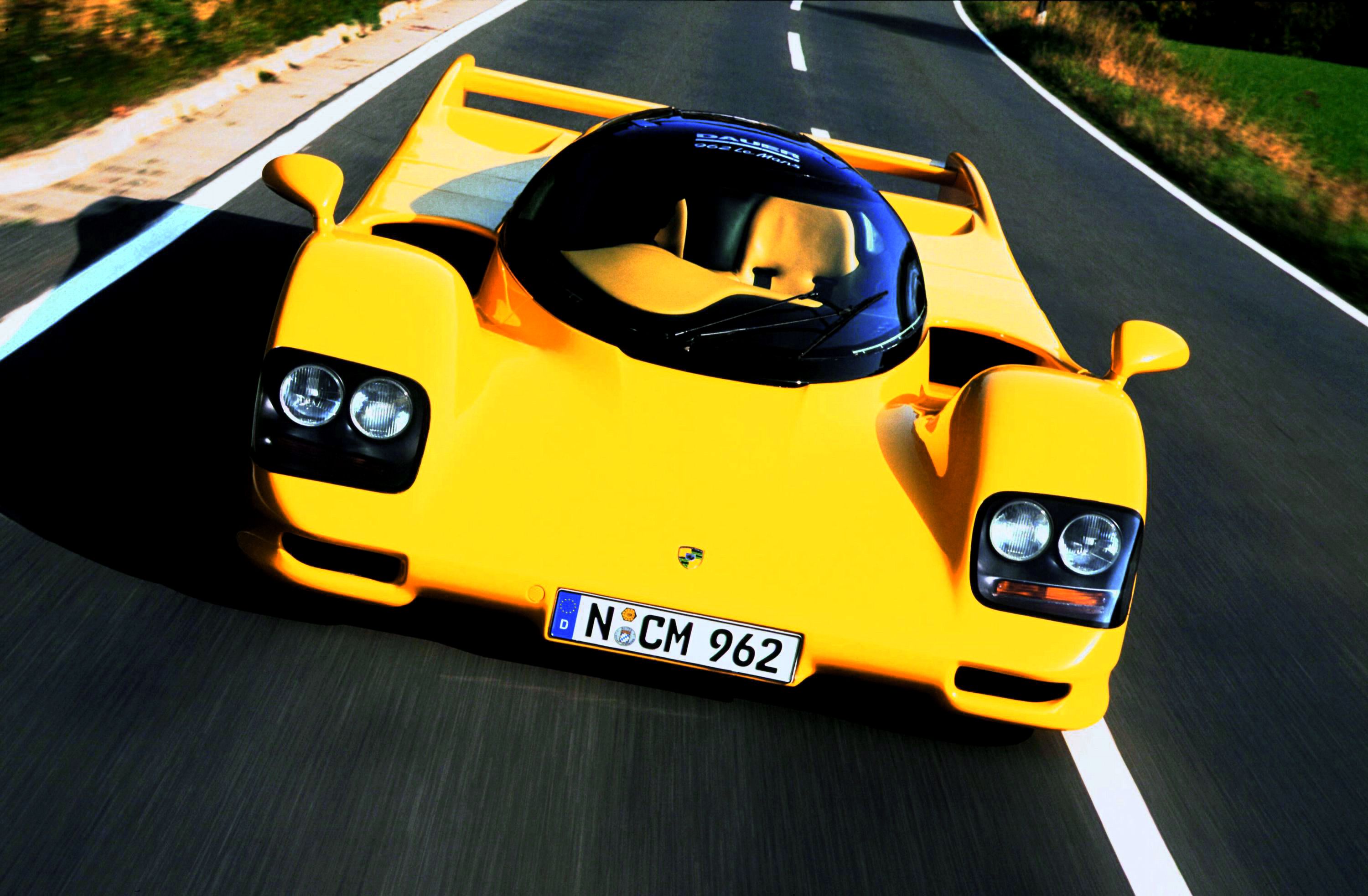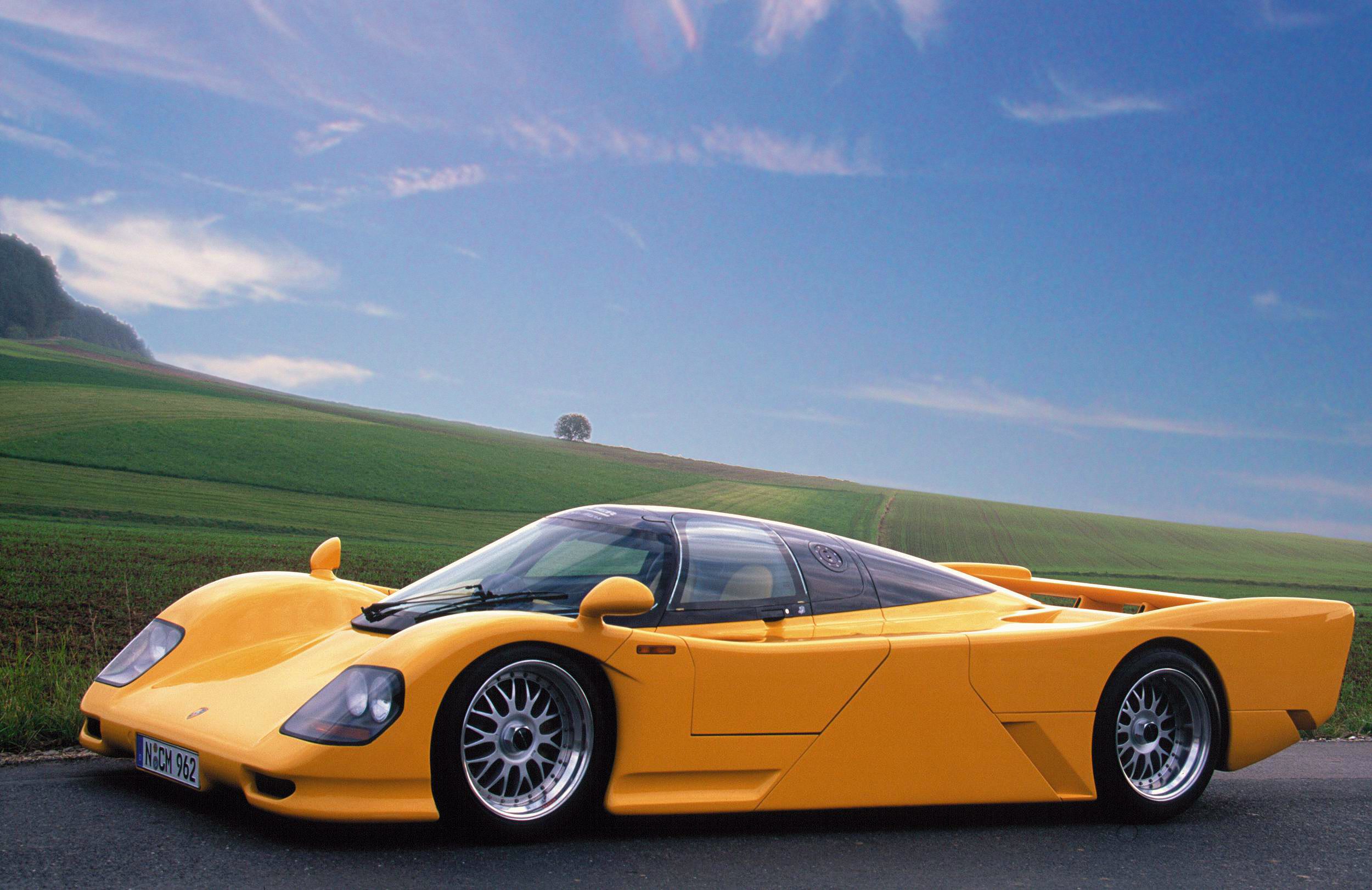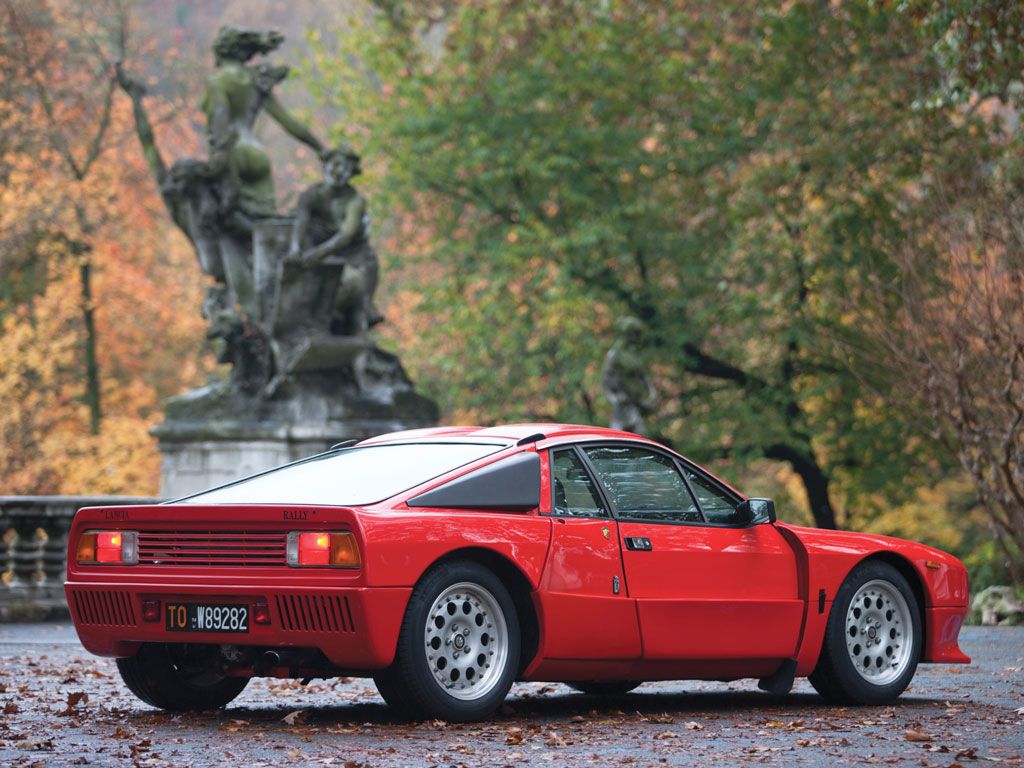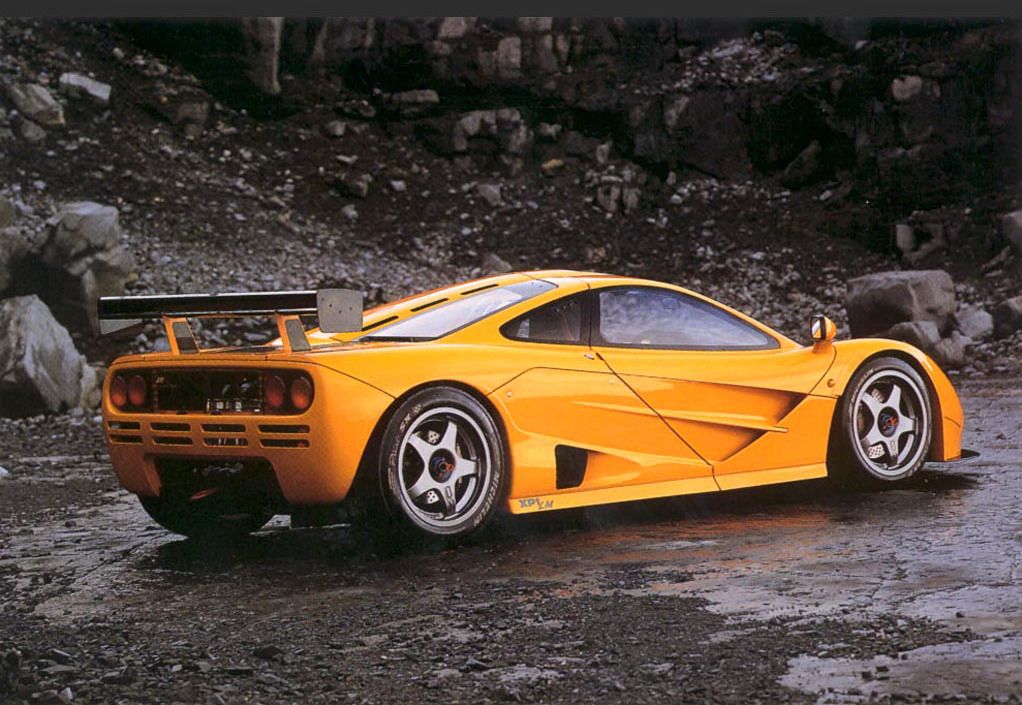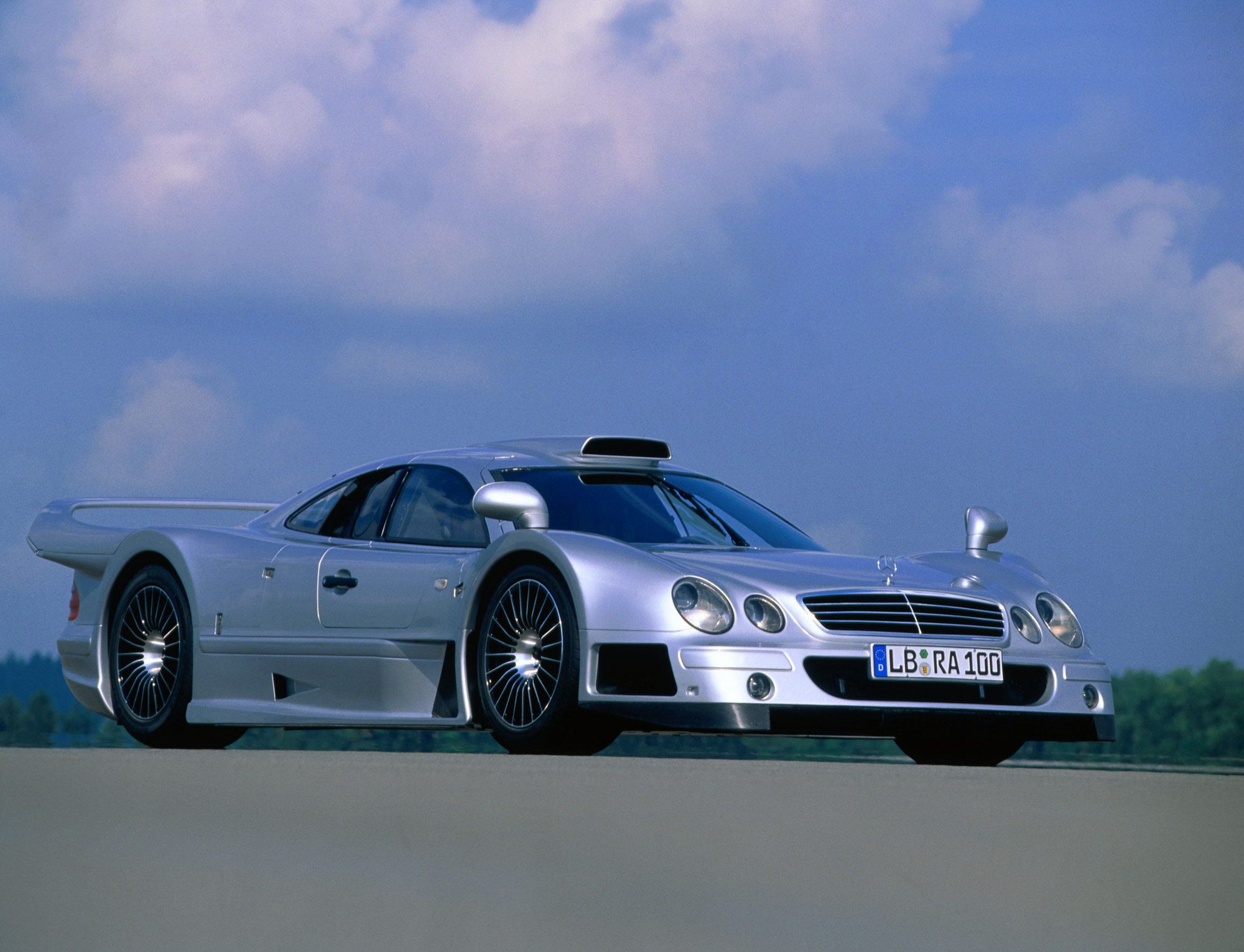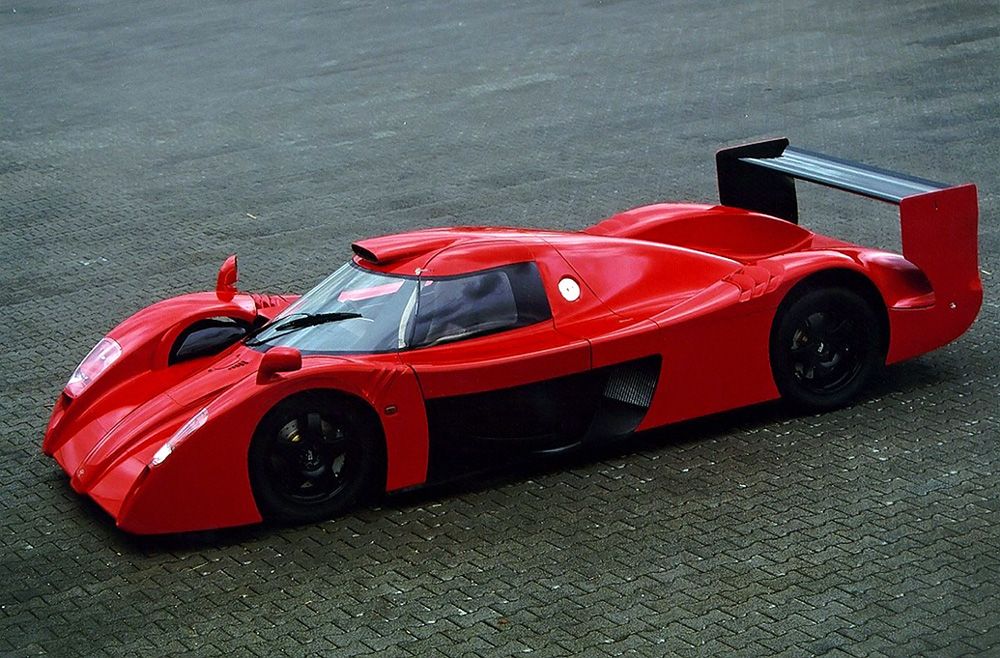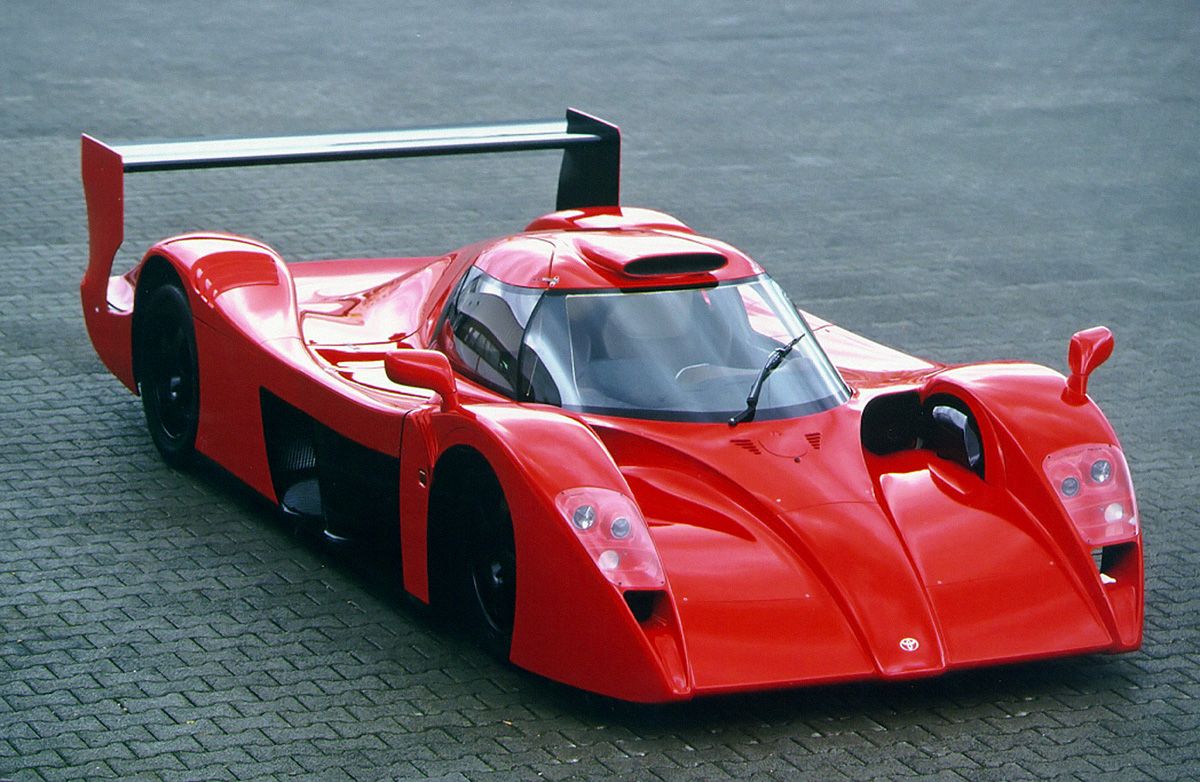Supercars are by far the most extreme road going vehicles ever built. They deliver performance similar to race cars, they can be driven with great results on race track, but they were actually designed for public roads, as most of them come with a host of convenience features and state-of-the-art technologies.
However, there are high-performance cars that were actually designed exclusively for the track, but they were also built in road-going specs because carmakers were forced to do it for homologation. These cars are barely legal for street use and were among the most extreme vehicles during their introduction. Here's a list of the coolest such creations.
1969 Chevrolet Camaro ZL-1
Introduced in 1967 as a competitor for the Ford Mustang, the Camaro had become a big hit by 1969, with almost 500,000 units sold in two years. Chevy was already offering the high-performance Z28 by then, but there was a far more menacing Camaro you could buy via dealers like Don Yenko.
Called Central Office Production Orders (COPO), they were issued for two different models. One had the L72 big-block V-8 and became the legendary Yenko Camaro, while the other one was assigned for the 7.0-liter, all-aluminum engine called the ZL-1.
This unit was designed specifically for drag racing and found its way into regular Camaros via Fred Gibb Chevrolet of Illinois. The 69 cars built in this configuration were meant to be used in NHRA Super Stock drag racing, but they were completely road legal and capable of more than 500 horsepower with some upgrades. The 1969 Camaro ZL-1 is among the rarest Chevrolets ever produced. And the coolest American race car you can still drive on public roads.
1969 Chevrolet Camaro ZL-1 specifications
|
Engine: |
7.0-liter V-8 |
|---|---|
|
Power: |
430 horsepower |
|
Torque: |
450 pound-feet |
|
0-60 mph: |
5.3 seconds |
|
Top speed: |
150 mph |
|
Units built: |
69 |
1993 Dauer 962
The Dauer 962 was launched in 1993 in road-legal spec, but the car was far from new. It was actually based on the Porsche 962, which the German firm had introduced back in 1984. The 962 went on to become one of Porsche's most successful race cars, winning the World Sportscar Championship in 1985 and 1986, the IMSA GT Championship from 1985 to 1988, the Interserie from 1987 until 1992, the Supercup series from 1986 to 1989, and the All Japan Sports Prototype Championship from 1985 until 1989. The Porsche 962 also won the 24 Hours of Le Mans in 1986 and 1987. With stronger competition from Jaguar, Mercedes-Benz, Nissan and Toyota in the late 1980s and early 1990s, as well as new technical regulations that affected its performance, the 962 was no longer competitive in the range-topping class.
As a result, many chassis went to companies that turned them into road-legal supercars. The early 1990s saw Koenig, Schuppan, and DP Motorsports do it, but Dauer's story is by far more interesting because it 962 helped Porsche win Le Mans again. Thanks to a loophole created by the introduction of the production-based grand tourer class that didn't specify a number of road-going examples needed for homologation, Dauer's road-going 962 was modified for competition with narrower tires, a larger fuel tank, and the reinstallation of a restrictor to the engine.
The Dauer 962 went on to win Le Mans overall despite not competing in the top tier. Changes compared to the road car were actually minimal, so Dauer's customers basically got a full-fledged race car for road use. Only 13 were built until 1997 with an output of 730 horsepower and top speed of around 250 mph.
1993 Dauer 962 specifications
|
Engine: |
twin-turbo, 3.0-liter flat-six |
|---|---|
|
Power: |
730 horsepower |
|
Torque: |
517 pound-feet |
|
0-60 mph: |
2.8 seconds |
|
Top speed: |
251 mph |
|
Units built: |
13 |
1969 Dodge Charger Daytona / 1970 Plymouth Superbird
Back in the 1960s, NASCAR was still about stock cars based on actual production cars. The sport was getting faster and more challenging, so automakers were looking for new ways to get in front of the pack. As muscle cars became large and blocky toward the end of the 1960s, Dodge came up with a way to make the Charger competitive for racing.
Capable of hitting 200 mph, the Charger Daytona was well ahead of the competition in every department and won the championship in 1970. Dodge was followed by Plymouth, which designed a similar car, the Superbird, based on the Roadrunner. In 1971, NASCAR limited aero cars to an engine displacement no greater than 5.0 liters, rendering the car uncompetitive.
NASCAR required all carmakers to homologate their race cars by offering them to the public, so both the Charger Daytona and the Superbird were available in dealerships at the time. Although they had small changes compared to their race-spec counterparts, they were faster and more aggressive than any muscle car available. Engine choices included the 7.0-liter Hemi and the 7.2-liter Magnum V-8s. Dodge and Plymouth built less than 3,000 of these cars during 1969 and 1970.
Read our full review on the 1969 Dodge Charger Daytona / 1970 Plymouth Superbird
1962 Ferrari 250 GTO
The 1960s was a great era for European racing, as most race cars were heavily related to their road-going counterparts. The Ferrari 250 GTO is by far the most iconic example.
These cars were often raced with only minor modifications and some of them were actually driven to the race track. Ferrari built only 36 cars from 1962 to 1964. The 250 GTO went on to win several races and even though it was replaced by more powerful Ferraris in the 1960s, it became the most valuable collector car in the world. Merely a used race car in the early 1970s, the 250 GTO costs tens of millions of dollars in 2020.
1969 Dodge Charger Daytona specifications
|
Engine: |
7.2-liter V-8 |
|---|---|
|
Power: |
375 horsepower |
|
Torque: |
480 pound-feet |
|
0-60 mph: |
6.0 seconds |
|
Top speed: |
150+ mph |
|
Units built: |
less than 3,000 |
Read our full review on the 1962 Ferrari 250 GTO
1982 Lancia 037 Stradale
Established in 1982, the Group B category of the World Rally Championship opened the door to some of the most extreme race cars ever created.
Raced from 1982 through 1986, the 037 helped Lancia win the championship in 1983, as well as score podiums in three consecutive seasons. The road-going car was introduced in 1982 and built until 1984 in 207 units. The Stradale model was some 500 pounds heavier than the racing model, while the 2.0-liter four-cylinder engine was rated at 205 horsepower instead of 280 (or 325 in the Evo 2 version), but its power-to-weight ratio was actually comparable to some supercars from the era.
1962 Ferrari 250 GTO specifications
|
Engine: |
3.0-liter V-12 |
|---|---|
|
Power: |
296 horsepower |
|
Torque: |
217 pound-feet |
|
0-60 mph: |
6.1 seconds |
|
Top speed: |
158 mph |
|
Units built: |
36 |
Read our full review on the 1982 Lancia 037 Stradale
2004 Maserati MC12
As Maserati returned to racing after 37 years, only 50 road-going MC12s were built in 2004 and 2005, with 12 cars produced solely for racing. By contrast, the car it was based on, the Ferrari Enzo, was built in 400 examples. Like many cars on this list, the road-going model was slightly different than the race car in terms of aerodynamics and some drivetrain elements, but it was almost as competitive as the FIA GT model. Maserati eventually launched a more extreme Corse model that was based entirely on the FIA GT version, but the regular MC12 remains a full-fledged race car for the road.
1982 Lancia 037 Stradale specifications
|
Engine: |
supercharged, 2.0-liter four-cylinder |
|---|---|
|
Power: |
205 horsepower |
|
Torque: |
166 pound-feet |
|
0-60 mph: |
5.9 seconds |
|
Top speed: |
137 mph |
|
Units built: |
207 |
Read our full review on the 2004 Maserati MC12
1996 McLaren F1 LM
After McLaren won the 24 Hours of Le Mans in 1995 with the F1 GTR, it built five special cars to honor them. These cars were lighter than the regular F1 and featured a different transaxle, a more aerodynamic body, and a big wing in the rear. It looked a lot like the race-spec GTR and it came with the same engine, but without the race-mandated restrictor.
Only five cars were built, three of which were painted Papaya Orange to honor Bruce McLaren. Later, McLaren also built two F1 GT models to homologate the race-spec GTR with the longer body. Only two were produced and sold to customers.
2004 Maserati MC12 specifications
|
Engine: |
6.0-liter V-12 |
|---|---|
|
Power: |
621 horsepower |
|
Torque: |
481 pound-feet |
|
0-60 mph: |
3.6 seconds |
|
Top speed: |
205 mph |
|
Units built: |
50 |
Read our full review on the 1996 McLaren F1 LM
1997 Mercedes-Benz CLK-GTR
The CLK-GTR started life as an FIA GT1 race car developed by AMG, the company's performance and motorsport division. But because the FIA required homologation through production cars, Mercedes had to offer a road version as well.
The CLK-GTR arrived in 1998, one year after the race car's debut. The German company produced 26 units, of which 20 were coupes and six roadsters.
The road car shared many components with its racing sibling, but the front grille, the lights, and the dashboard came from the CLK. The V-12 engine also came from the race car, but displacement was enhanced from 6.0 to 6.9 liters, an upgrade made by Ilmor Engineering. The CLK-GTR was the most expensive production car ever built at the time, with a price of $1.5 million.
1996 McLaren F1 LM specifications
|
Engine: |
6.1-liter V-12 |
|---|---|
|
Power: |
671 horsepower |
|
Torque: |
520 pound-feet |
|
0-60 mph: |
3.9 seconds |
|
Top speed: |
230 mph |
|
Units built: |
5 |
Read our full review on the 1997 Mercedes-Benz CLK-GTR
1996 Porsche 911 GT1 Strassenversion
The 911 GT1 has a similar story to the CLK-GTR. It was a far more aggressive version of the familiar 911 developed for the same category and was put into production as a road car in order to meet homologation rules.
It also shared lights with the standard 911. Although it failed to win the FIA title in 1997 and 1998, being bested by Mercedes' CLK-GTR, the 911 GT1 did score a lucky win at the 1998 24 Hours of Le Mans. Although the rules required that Porsche had to build 25 road-legal examples, the Germans eventually delivered only 23. Two were built in 1996 with 993-gen style front ends, 20 were assembled in 1997 with the then-new 996 headlamps, while the last car rolled off in 1998 to homologate the updated race car. The race-spec engine was slightly detuned for road use, but it was still capable of 536 horsepower.
Read our full review on the 1996 Porsche 911 GT1 Strassenversion
1998 Toyota GT-One
The GT-One, also known as the TS020, was developed as a competitor for the CLK-GTR after Toyota learned about the loophole in the new GT1 class regulations, which required for the race cars to be based on road-going models and feature a trunk.
When Toyota joined the series, only one road car was required, so the Japanese weren't required to build 25 like Mercedes-Benz and Porsche. But they eventually built two, both displayed in museums. The car was raced at Le Mans in 1998 and 1999, scoring second place (and a class win) in its second outing. It also came in second at the 1000 km of Fuji race in 1999.
Honorable mention
1997 Nissan R390 GT1
Nissan introduced the R390 GT1 in 1997 also as a contender for the GT1 class that saw manufacturers using loopholes in the regulations to build cars that were faster and more powerful than before.
Designed to go against the Mercedes-Benz CLK-GTR and the Porsche 911 GT1, the R390 replaced the Skyline GT-R LM. Several cars were fielded at the 24 Hours of Le Mans in 1997 and 1998, but Nissan failed to win the race.
1997 Mercedes-Benz CLK-GTR specifications
|
Engine: |
6.9-liter V-12 |
|---|---|
|
Power: |
604 horsepower |
|
Torque: |
572 pound-feet |
|
0-60 mph: |
3.7 seconds |
|
Top speed: |
214 mph |
|
Units built: |
26 |

